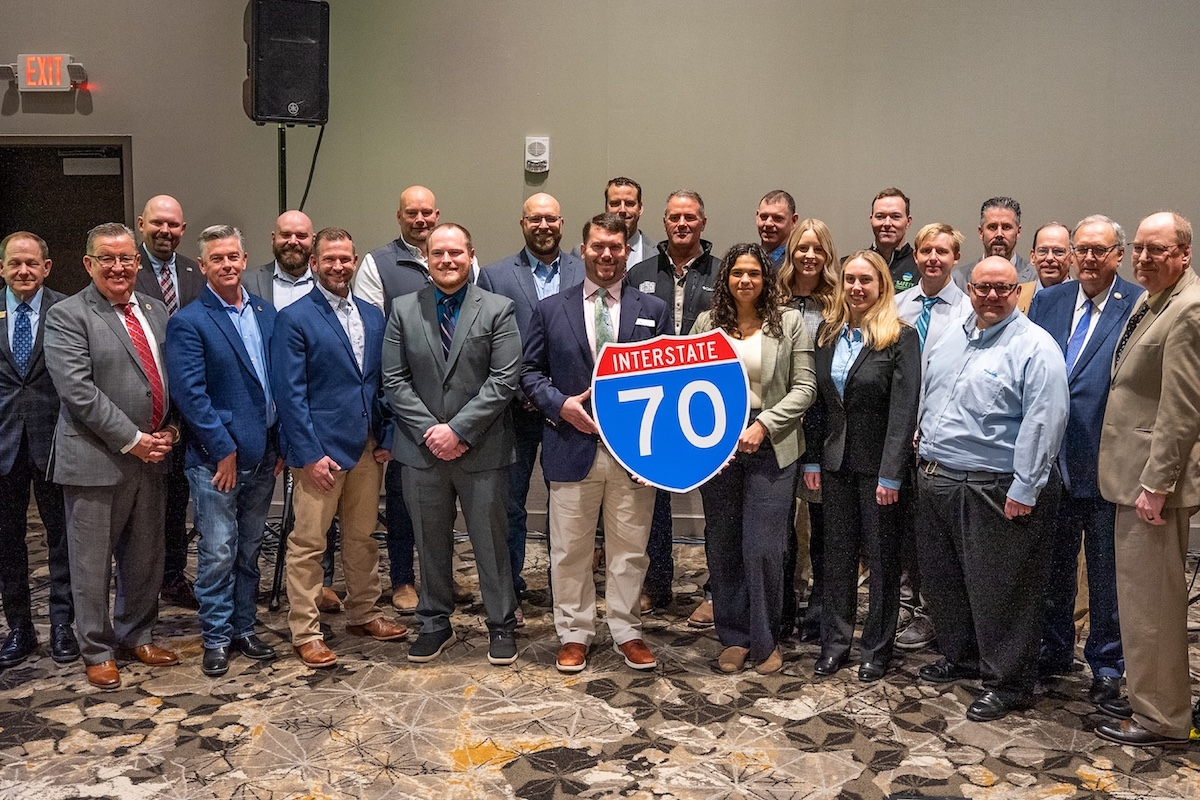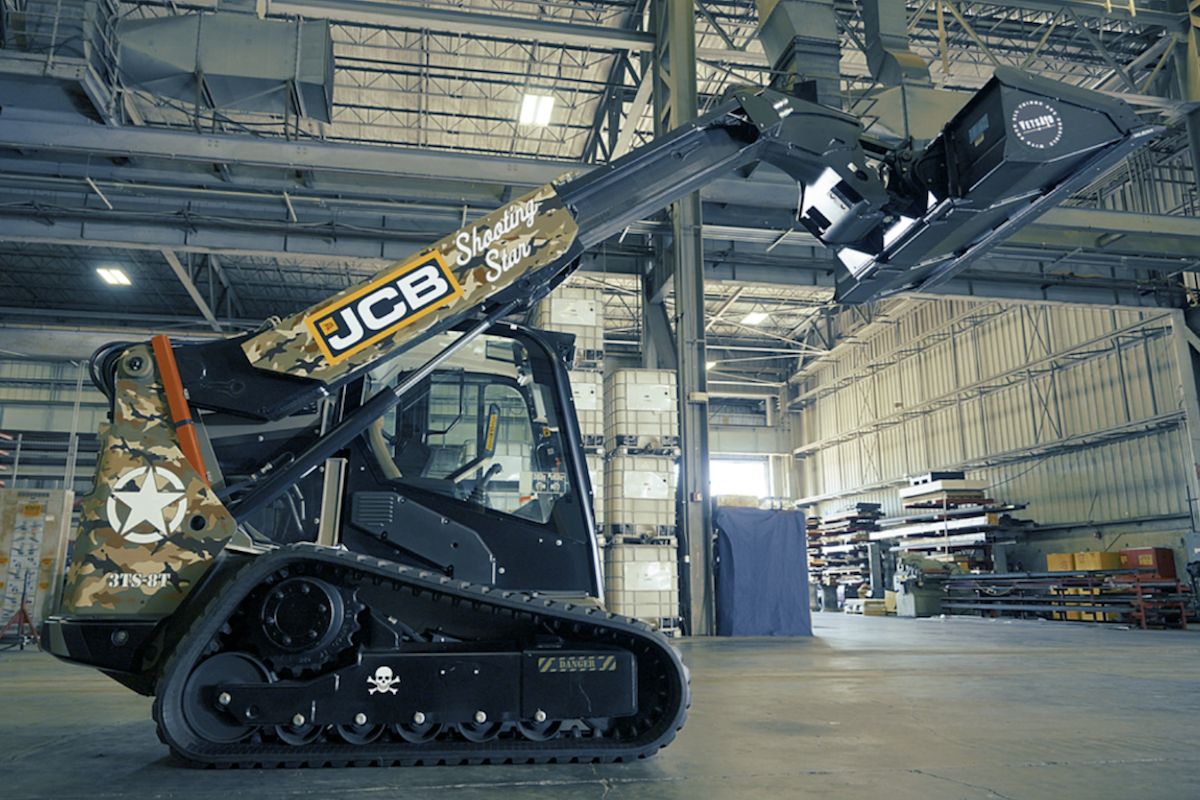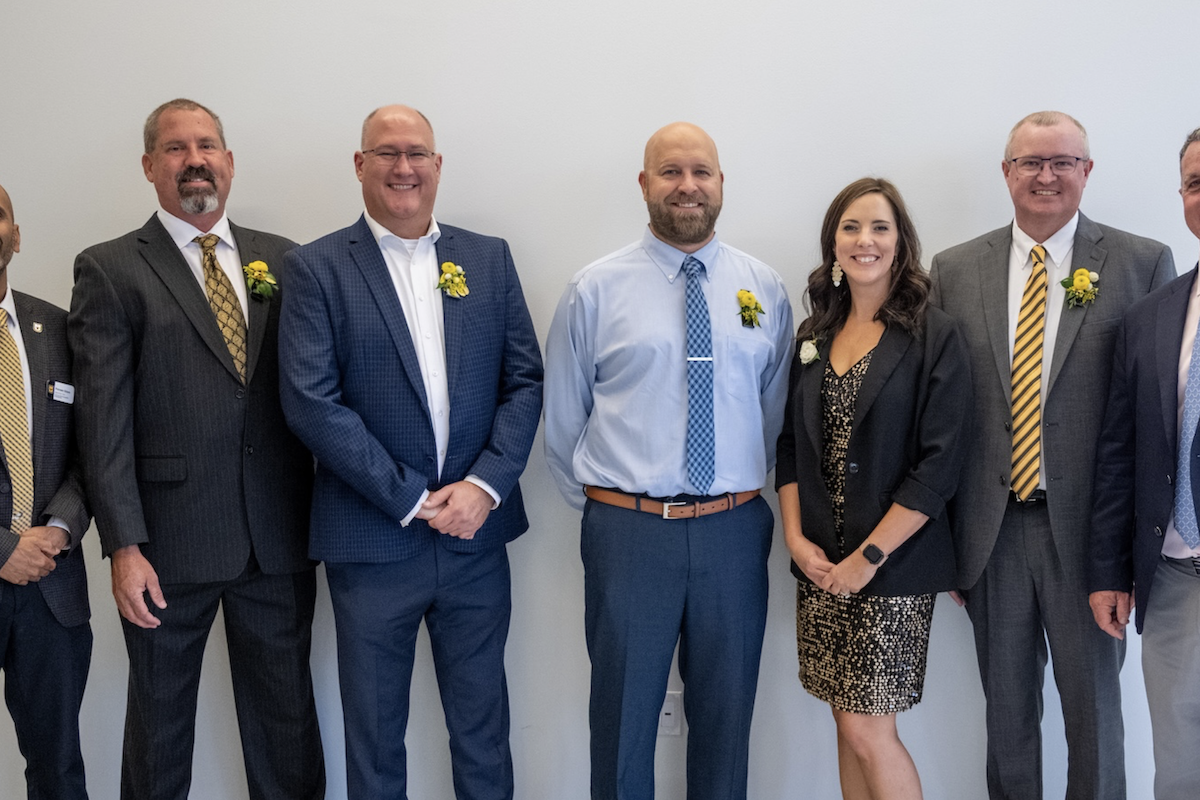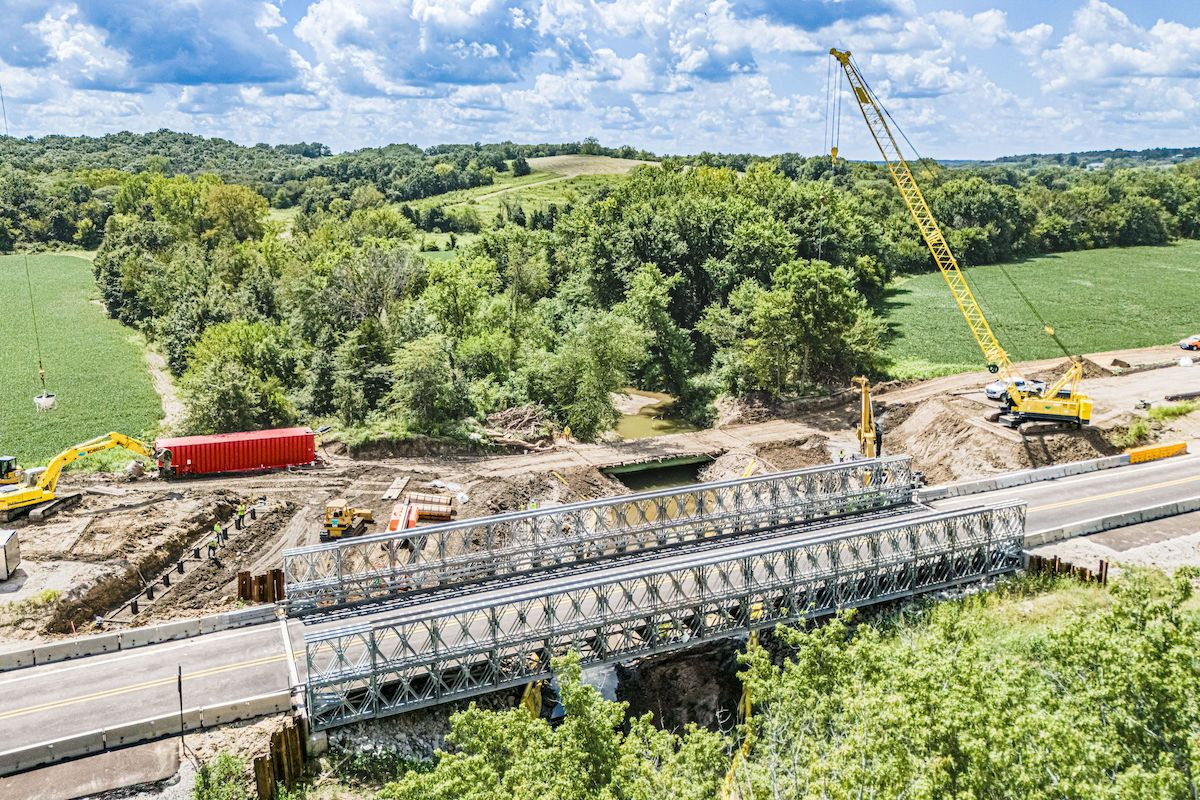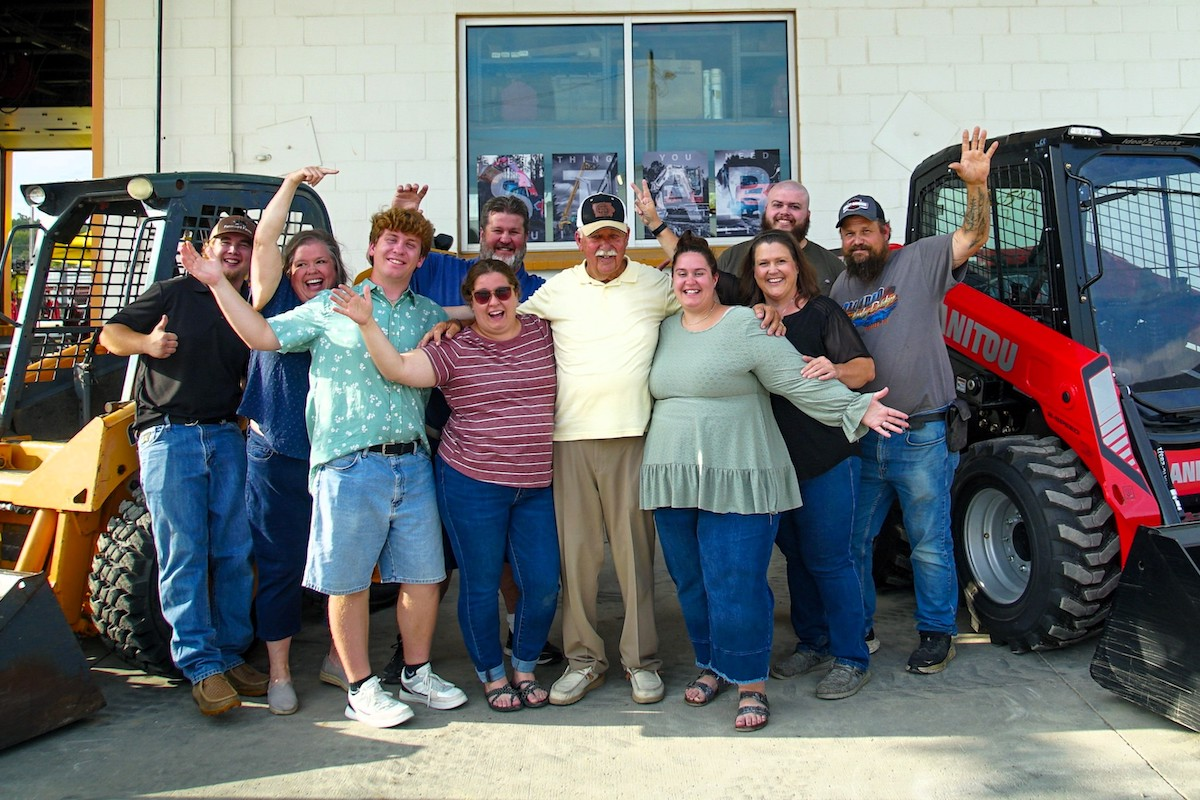Manufacturers have begun to offer the equipment needed to dramatically reduce job site emissions. The challenge for many contractors is determining where to start.
A practical, profitable path to lowering emissions begins with data. Identifying the largest sources of equipment emissions allows firms to target their efforts — and investments — to realize the biggest return on investment.
Armed with these insights, companies can make strategic changes to their operations and decide which equipment to consider substituting with cleaner alternatives.
As this equipment becomes more widely available, companies can choose to replace some of their diesel machines with electric versions. According to manufacturers, these models perform on par with their traditionally fueled counterparts. They cost more to buy or rent, but the higher price tag is partially offset by lower operating costs and significantly reduced maintenance needs.

| Your local Gehl Co dealer |
|---|
| Star Equipment LTD |
Manufacturers are working to develop larger and heavier electric equipment, such as full-size excavators and mini crawler cranes. In the meantime, hybrid equipment can bridge the gap. Hybrid machines have batteries that can power small jobs on their own and an internal combustion engine to tackle the largest jobs. When run on battery power, these machines can be operated indoors and generate zero emissions.
Today, construction companies have a host of cleaner-burning power generation choices. Among them are propane generators, such as the JuiceBox mobile power generator. They cut carbon dioxide emissions almost in half compared to diesel generators. They also cost considerably less to operate. Units can be linked together to charge larger machines such as electric vehicles.
In areas where hydrogen delivery is available, generators with hydrogen engines are another option. They emit little or no carbon and a fraction of the amount of nitrogen oxides traditional generators emit. For projects with the strictest sustainability or noise restriction requirements, hydrogen fuel cell generators are a zero-emission solution. While considerably more expensive to buy or rent, they are safe to use in sensitive areas and even confined spaces.
Solar panels quietly generate clean power and function as visible symbols of a construction company’s commitment to sustainability. Mobile photovoltaic systems can provide electricity for lights, heaters, tools, and more. The Termaco Reserve Electrical Energy Power 10, for example, features folding solar panels and can power all the tools on a job site as well as office trailers.
As the generator runs, it charges the BESS batteries. When demand for power wanes, the BESS automatically shuts off the generator and carries the load on its own. Generator run time can be reduced by as much as 90 percent. In addition to lowering fuel costs, a BESS may allow companies to realize further cost savings by renting or purchasing smaller generators.
Often, a BESS is a stand-alone unit, such as the POWRBANK from POWR2. It can connect with a generator or provide power on its own. Manufacturers are also coming out with products that house a generator and BESS in one unit. For example, the ANA Energy Boss is a towable asset that provides all-in-one continuous power, with built-in telematics for remote monitoring.
Some hybrid power solutions provide enough power to act as self-contained, low-emission microgrids. Mounted on a trailer or skid, they can power container offices and restroom trailers and charge aerial lifts, lights, and power tools.
The ability to leverage different power generation options in different situations helps construction companies remain agile and responsive.
Renting low-emission and zero-emission equipment is an affordable way to cut emissions without adding a capital expenditure. It provides an opportunity to put the equipment through its paces, see how it performs on different tasks, understand real-world run times, and test charging scenarios. If an electric machine, alternatively fueled generator, or mobile photovoltaic system proves to be a good fit, renting may still be more cost-effective than purchasing, depending on utilization rates.
The transition to lower-emission job sites won’t happen with the snap of a finger. A rental equipment company with robust digital tools, a strong sustainability focus, and a large fleet can help customers set up estimated emissions tracking, identify the biggest opportunities for improvement, and select the equipment that will get the job done efficiently, effectively, and affordably.
Grant Zoldowski is an expert in the environmental management sector with over two decades of experience. Currently serving as the Director of Environmental Management at United Rentals, Grant has overseen pivotal projects and environmental initiatives for over 17 years. Prior to this role, he served as a Project Manager at Burns & McDonnell and as an Environmental Scientist with ERS of Illinois, Inc. He earned a master's degree in Environmental Engineering from the Illinois Institute of Technology and a Bachelor of Science in Water Chemistry from the University of Wisconsin-Stevens Point.


















